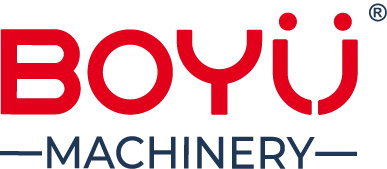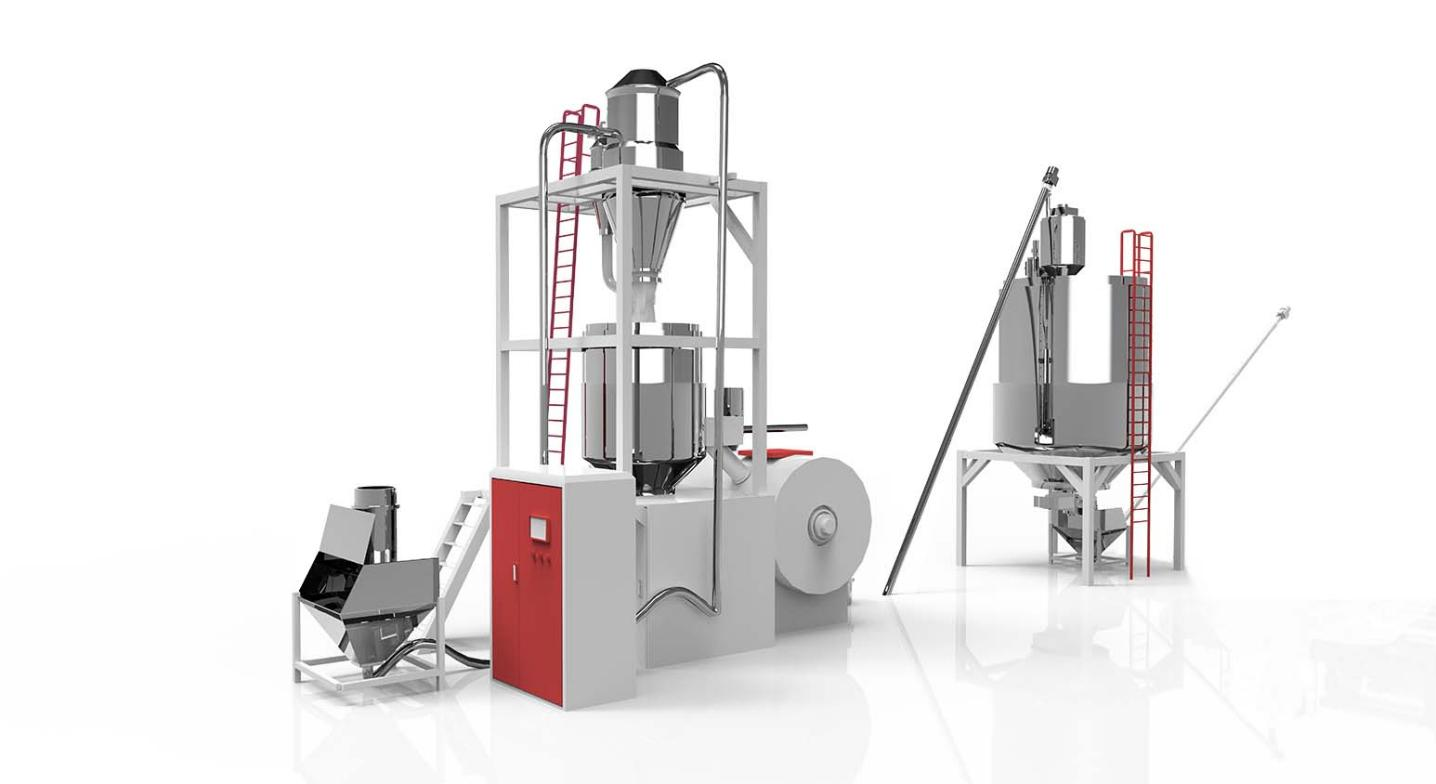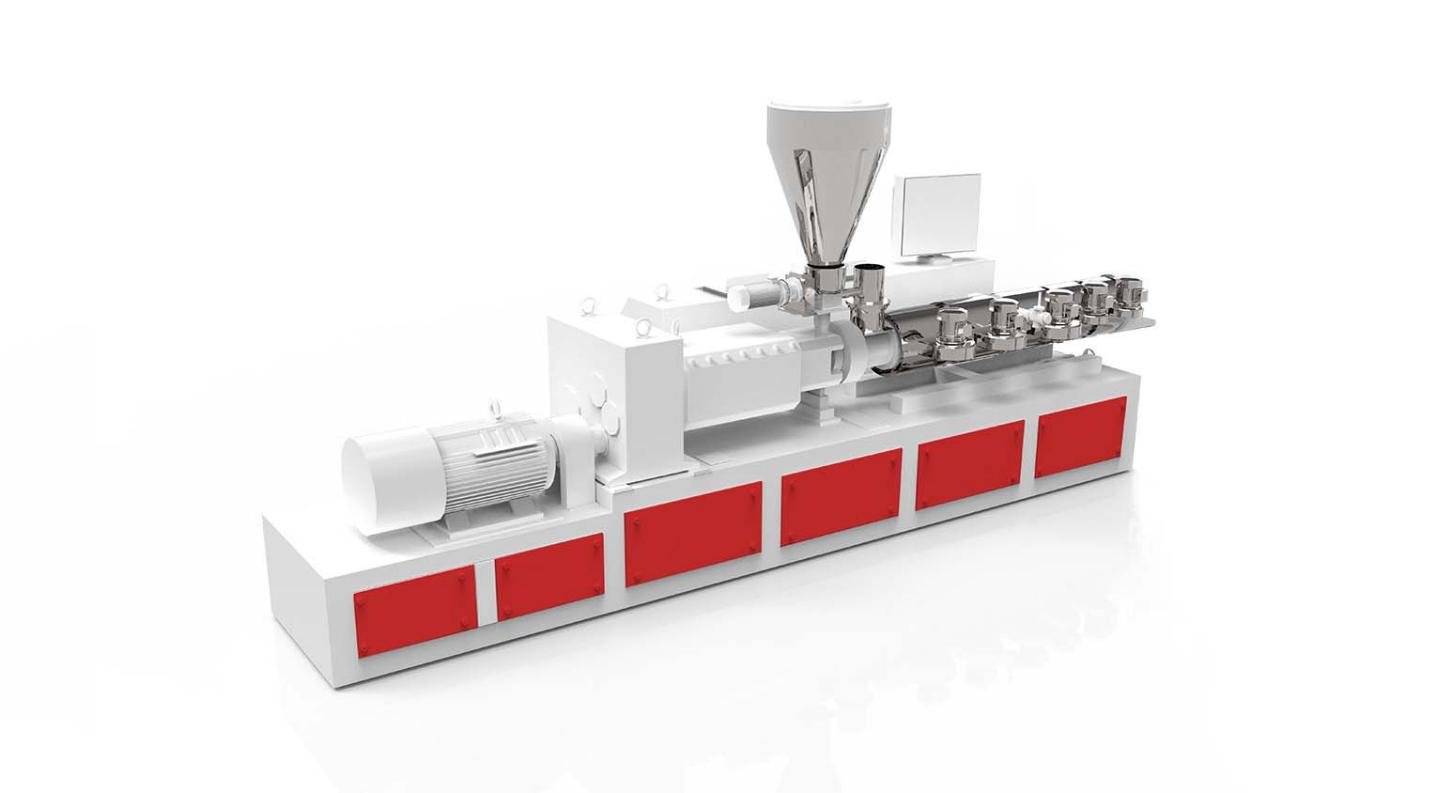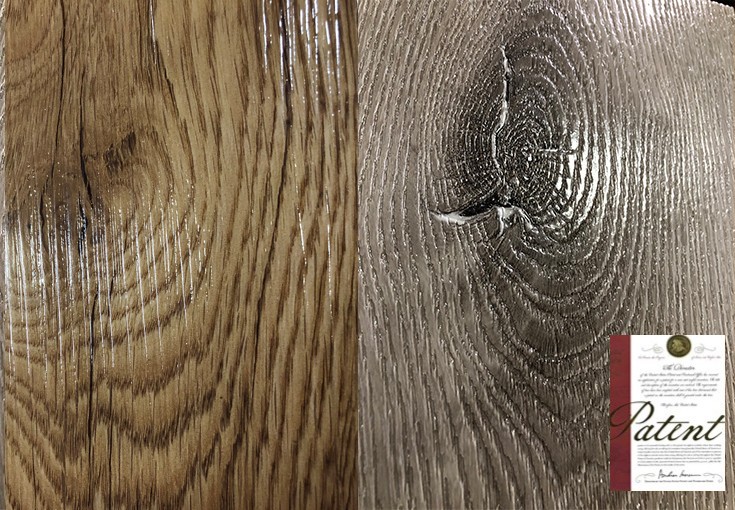Stone Plastic Composite (SPC) is one of the most popular flooring options today, and it¡¯s not surprising considering its great aesthetic look and durability.
In the SPC production process, extruders work around the clock. They homogenously mix varying proportions of raw materials. The selection of extruders, whether a parallel or conical twin screw extruder model, influences key aspects of the formulation. That¡¯s why careful selection is crucial.
Understanding SPC and Extrusion Requirements
SPC is a type of flooring material that¡¯s made by mixing stone and plastic, which provides an elegant stone look and feel. SPC made via conical twin screw extruder or other methods is widely used in commercial and residential applications like flooring. Its hardness and durability are superior to traditional materials like ceramic tiles, and it has gained popularity due to its low maintenance and resistance to wear and tear.
Key Requirements for SPC in the Extrusion Process
There are several key requirements for extruding quality SPC material. These include the following:
Uniform mixing of PVC, stone powder, and additives for consistency
Controlled heating and cooling across all temperature zones
Adjustable output and pressure control for product regulation
Additional considerations include screw design, die design, material feed rates, etc.
The Impact of Extruder Design on SPC Outcomes
The extruder is one of the most significant factors determining the final SPC product¡¯s quality and uniformity. It directly influences how well the fundamental requirements for SPC extrusion can be achieved. Characteristics like mixing performance, temperature control responsiveness, output stability, etc. are all affected by whether the system utilizes a parallel or conical twin screw extruder configuration.
Parallel and Conical Twin Screw Extruders
Twin screw extruders are available in two main configurations – parallel and conical. These offer varying performance attributes depending on the specific SPC production needs.
Parallel Twin Screw Extruder Design and Features
Parallel screw extruders contain two screws of uniform diameter. They rotate side by side without mixing zones. This simple design allows for high output processing but with less rigorous mixing than conical twin screw extruder models. The screws generally have paddle-style flights that push material steadily through the barrel.
Conical Twin Screw Extruder Design and Features
Conical twin screw extruders incorporate two screws with diameters which gradually decrease along the length. They also include specialized mixing sections. They accommodate the screws closer together or oriented at different angles for intensely thorough blending.
Advantages of Each Extruder Type
Both parallel and conical twin screw extruder types offer advantages that make them suitable for different SPC production system needs.
The Advantages of Parallel Twin Screw Extruders
Parallel twin screw extruder models are tailored for constant, high-output applications. Their advantages include:
¨¹Uniform mixing from barrel flooding and paddle flights that thoroughly blend materials.
¨¹Higher output capability thanks to the absence of more complex, restricting mixing sections.
¨¹Energy-efficiency since their simple structure consumes less power than conical twin screw extruder models for the same work output.
The Advantages of Conical Twin Screw Extruders
Conical extruders excel at processing resins requiring optimized control. Their main advantages include:
¨¹Better feeding characteristics using the screw taper to efficiently pre-process fibers or fillers.
¨¹Improved pressure stability across different mixing zones designed for specific tasks.
¨¹Versatility in the types of recipes and adjustments capable with their personalized screw configuration.
Both extruder types meet and exceed key SPC requirements. Parallel models are suitable for higher volume output systems while conical twin screw extruder varieties offer more control and flexibility. Production needs around output level, formulation complexity, and order size determine the best-suited extruder.
Boyu¡¯s Extruders: The Ultimate Choice for SPC
Established in 1998, Boyu specializes in manufacturing PVC flooring extrusion production lines. Some of our top extruder systems ideal for SPC include:
SPC Conical Twin Screw Production Line
Our conical twin screw extruder line produces SPC material with consistent quality. Relying on a PLC control system and CE certification, it boasts these features:
¨¹Power saving and at the same time has high productivity
¨¹PLC automation monitors and adjusts screw speed, heat, and pressure for consistency
¨¹Intelligent electronic control system
¨¹Reliable with a low failure rate
SPC Parallel Twin Screw Production Line
This high throughput twin screw extruder line is ideal for basic SPC mixtures. Its key features include the following:
¨¹Side by side screws with paddles ensure smooth output
¨¹Equipped with original gearbox imported from Taiwan
¨¹Touch screen interface allows easy recipe selection and process monitoring
Overall, both parallel and conical twin screw extruders have their own advantages for SPC production. The type of system best suited depends on the unique production needs. As an experienced extrusion machine manufacturer, Boyu offers high-quality systems like our conical, parallel, and building block lines to reliably meet varied SPC requirements. Contact us to learn more about our extensive range and offerings!




